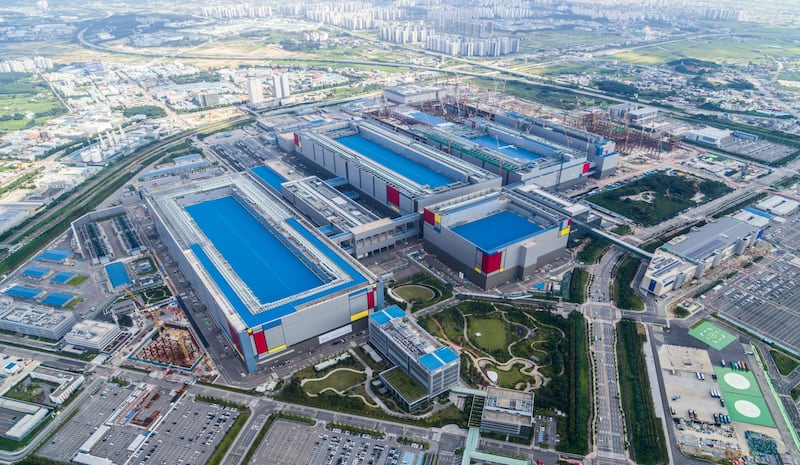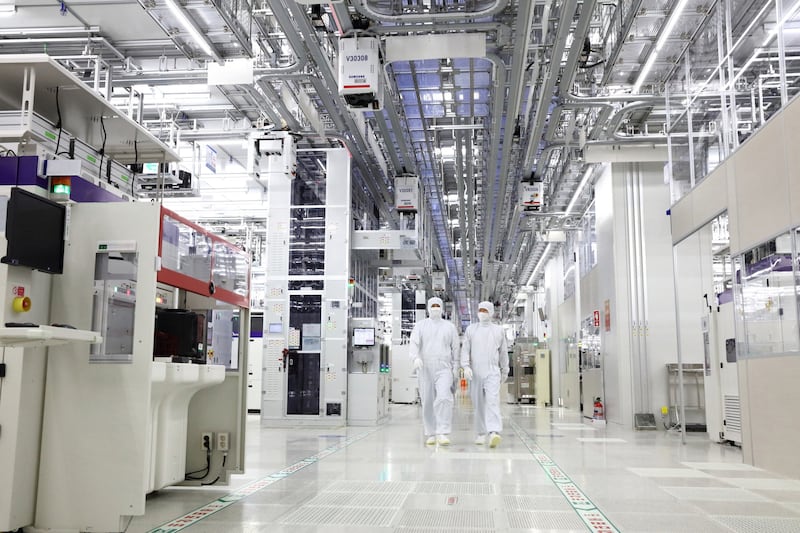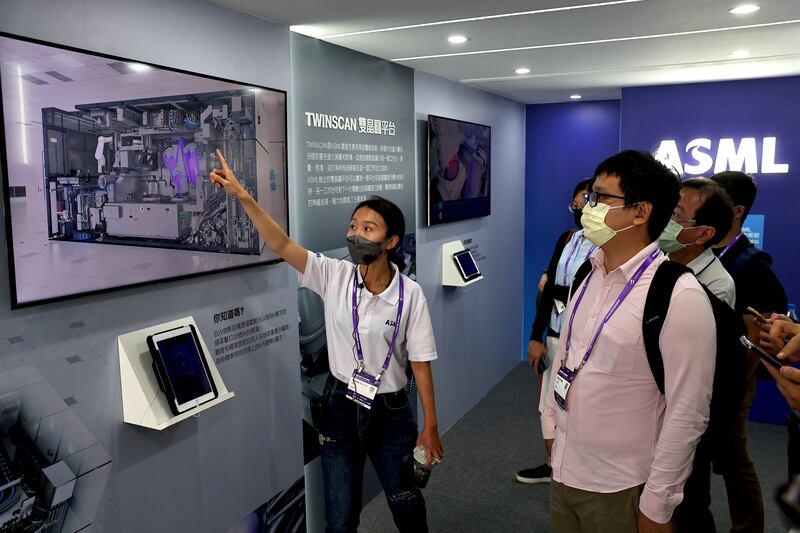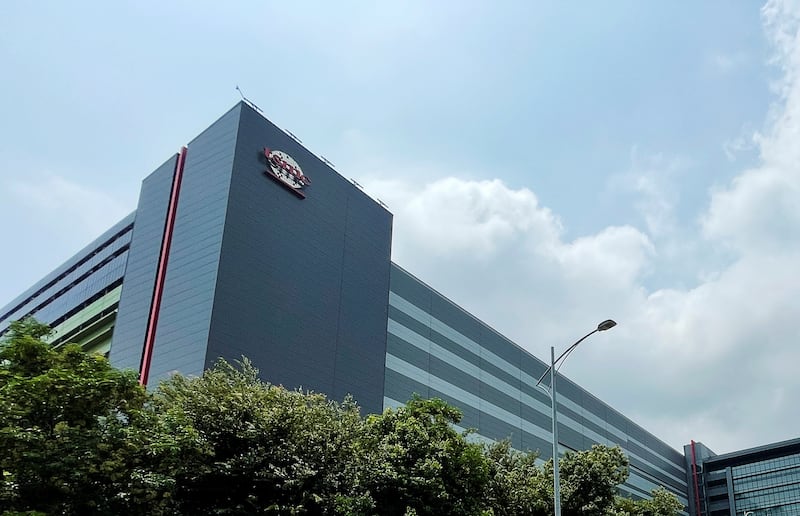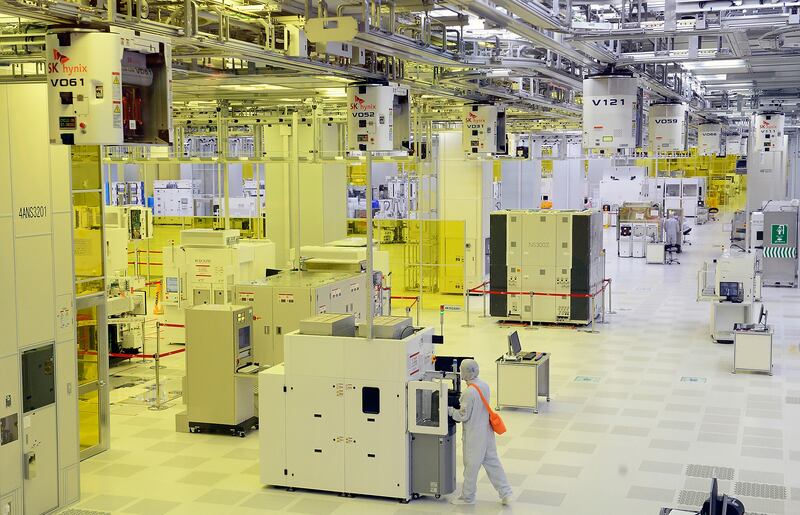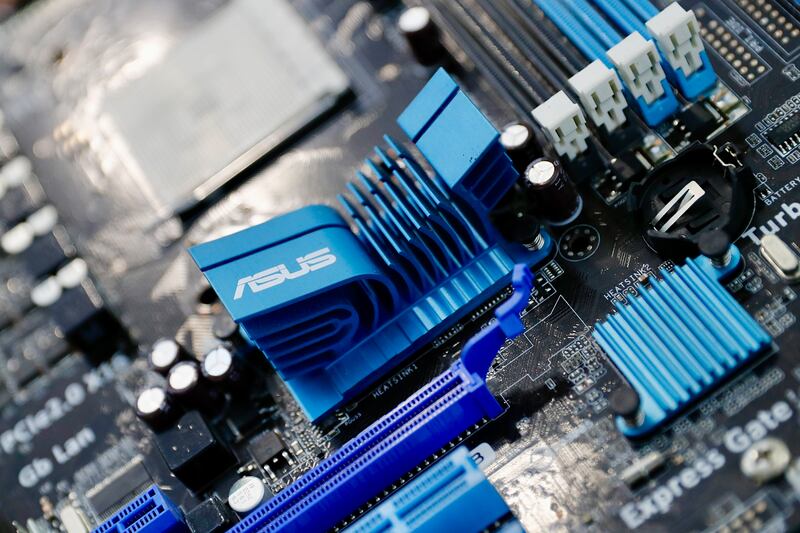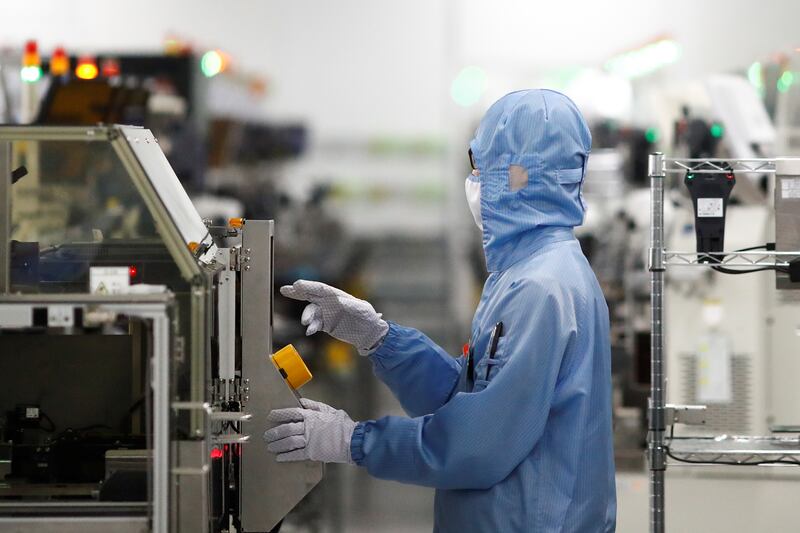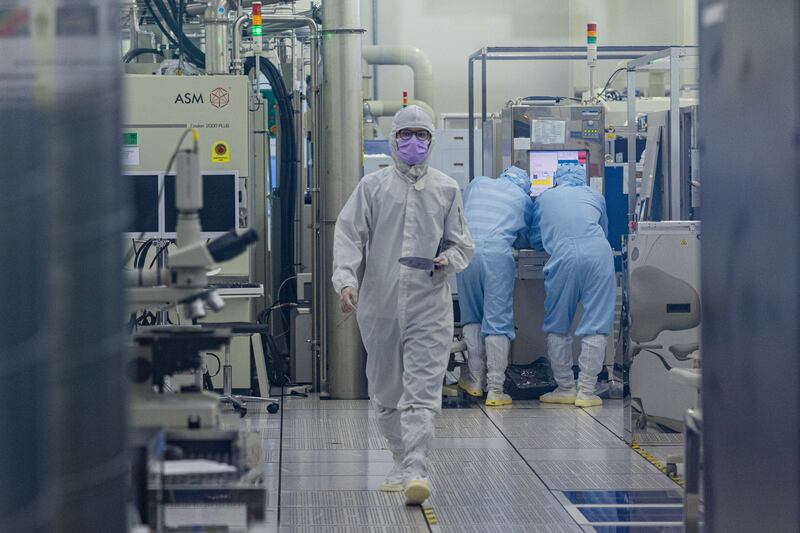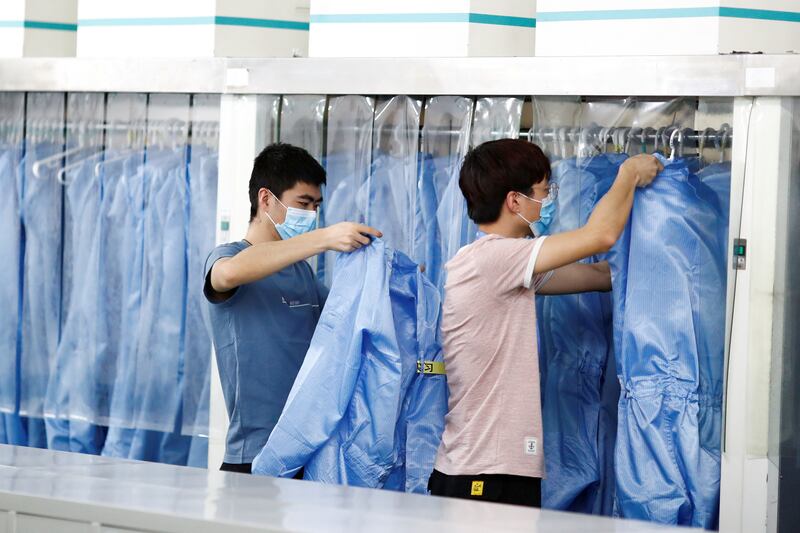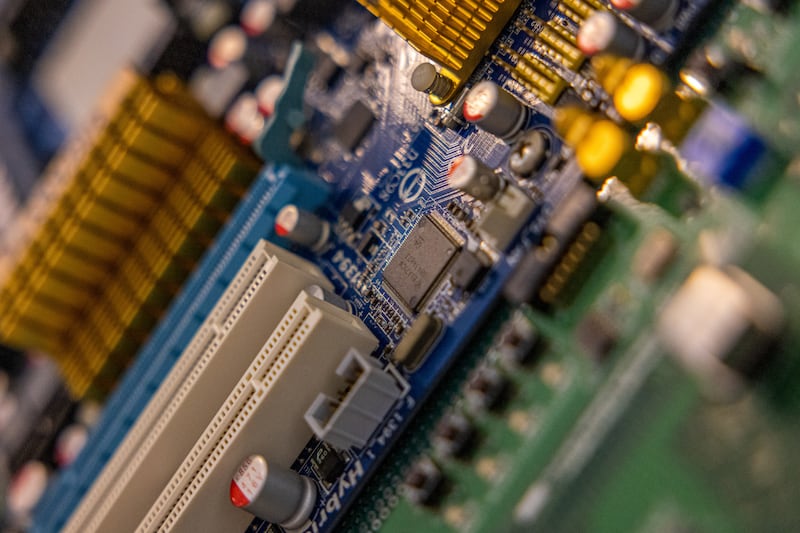US chip makers are struggling to fill important positions, a new study shows, as a shortage of skilled labour threatens to hobble efforts to revive the domestic industry.
It is taking semiconductor firms more than twice as long as their peers in other industries to hire personnel such as technicians or mechanical engineers, with the typical process stretching to about three months, according to an analysis of the top 50 chip producers in the US by Revelio Labs, a labour-market data analyst.
That is ominous reading for President Joe Biden’s administration, which is pumping $52 billion into the country’s chip industry in an effort to cut reliance on Asian supplies and create jobs.
The subsidies are galvanising a wave of investment across the US, but a hiring bottleneck could slow progress.
Chip makers have long said that the US does not have sufficient candidates with a background in science, technology and engineering.
The firms are on course to add 115,000 jobs by 2030, according to the Semiconductor Industry Association – but at current degree completion rates, the group said, nearly three-fifths of those jobs could remain unfilled.
Already, Taiwan Semiconductor Manufacturing Co (TSMC) has pushed back the proposed start of production at its Arizona plant, blaming a lack of workers with the expertise to install highly complex equipment.
The company plans to send staff from its Taiwanese facilities to train workers, executives said on an earnings call last month.
“A lot of people that you talk to within this industry – when you ask them, ‘Hey, what is the thing that you’re most worried about?’ – it’s workforce development,” said Kate Dei Cas, who heads the delivery systems and services business at EMD Electronics, a semiconductor materials and equipment supplier.
“How am I gonna hire the people to be able to build these factories? How am I gonna hire the people to be able to run these factories?”
EMD was able to fill around 75 positions at a plant in Chandler, Arizona through one mass hiring event, Ms Dei Cas said – but that is far from the number of workers sought by EMD customers for huge fabrication facilities, she said.
TSMC, for example, needs some 4,500 workers. Intel will need 3,000 for its new plant in Ohio.
The industry association has been pushing for immigration reform that would allow more people who come to the US for college to stay in the country. But the issue is one of the most intractable subjects in Washington, so the odds of a near-term deal look slim.
Meanwhile, companies are partnering with trade schools, community colleges and universities to develop training programmes, and the Commerce Department has said it will evaluate workforce development efforts as part of the application process for chip funding.
A recent survey by career services website Handshake, touted at a recent event with Commerce Secretary Gina Raimondo, showed a nearly 80 per cent surge in applications for full-time entry-level semiconductor jobs, and a 40 per cent bump in internship opportunities.
Among the 50 firms studied by Revelio, the share of job postings that are based in the US climbed sharply last year after the passage of Biden’s CHIPS and Science Act to support the industry. Texas led the expansion of hiring, followed by North Carolina and New York.

